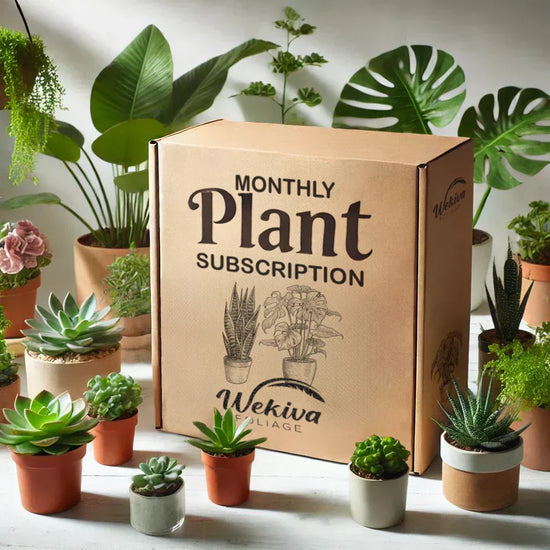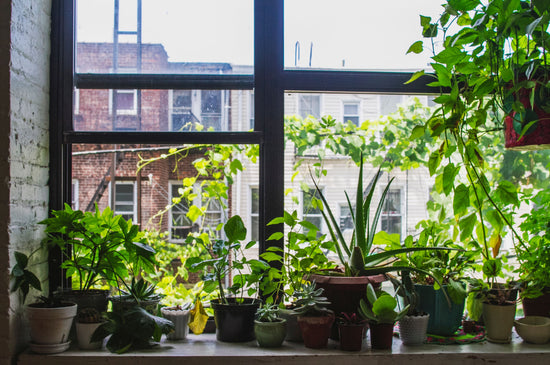What Clematis Are in Group 1
Clematis in Group 1 are some of the easiest to care for, as they require little to no pruning. These varieties bloom on old wood, meaning their flowers develop from buds formed during the previous growing season. Group 1 clematis are ideal for gardeners seeking low-maintenance plants with spectacular early-season blooms. Find the perfect Group 1 clematis for your garden in our Clematis Collection.

Characteristics of Group 1 Clematis
- Bloom on Old Wood: Flowers emerge from buds formed on last year’s growth.
- Early Bloomers: Most Group 1 clematis varieties flower in early to late spring, providing a vibrant start to the gardening season.
- Low-Maintenance: Minimal pruning is required, usually limited to removing dead or damaged stems.
- Vigorous Growth: These clematis are often fast-growing and ideal for covering large structures.

Top Clematis Varieties in Group 1
-
Clematis montana
- Description: This vigorous climber produces masses of small, fragrant flowers in white or pink. It’s one of the most popular Group 1 clematis.
- Bloom Time: Late spring.
- Height: 20–30 feet.
- Best Use: Perfect for covering pergolas, fences, or walls.
-
Clematis alpina
- Description: Known for its delicate, nodding bell-shaped blooms in blue, pink, or white, this hardy clematis thrives in cooler climates.
- Bloom Time: Early spring.
- Height: 6–10 feet.
- Best Use: Ideal for small trellises, walls, or woodland gardens.
-
Clematis armandii
- Description: An evergreen clematis with glossy foliage and fragrant white flowers. It adds greenery year-round and requires minimal care.
- Bloom Time: Early spring.
- Height: 20–30 feet.
- Best Use: Excellent for fences or walls in mild climates.
-
Clematis cirrhosa
- Description: Blooming in late winter to early spring, this variety features creamy white or yellow bell-shaped flowers.
- Bloom Time: Late winter to early spring.
- Height: 10–12 feet.
- Best Use: Works well in sheltered areas or climbing through shrubs.
-
Clematis macropetala
- Description: This variety showcases semi-double or double blooms in soft pastel shades, bringing charm to shaded areas.
- Bloom Time: Mid to late spring.
- Height: 8–12 feet.
- Best Use: Perfect for trellises, fences, or woodland gardens.

How to Care for Group 1 Clematis
-
Minimal Pruning
- Prune only to remove dead, damaged, or weak stems immediately after flowering. Avoid cutting back old wood, as this will remove flower buds for the next season.
-
Support Growth
- Provide a sturdy structure such as a trellis, arbor, or pergola for these vigorous climbers.
-
Water Consistently
- Keep the soil moist but well-draining. Mulching around the base helps retain moisture and keep roots cool.
-
Fertilize Annually
- Apply a balanced fertilizer in early spring to encourage healthy growth and vibrant blooms.
Discover more Group 1 clematis options in our Clematis Collection and enjoy a burst of early-season color with minimal effort.
FAQ: What Clematis Are in Group 1?
Q: When should I prune Group 1 clematis?
A: Prune immediately after flowering to remove dead or weak stems and shape the plant. Avoid heavy pruning, as it may reduce next year’s blooms.
Q: Can Group 1 clematis grow in containers?
A: Yes, compact varieties like Clematis alpina can thrive in large containers with proper care and support.
Q: Do Group 1 clematis bloom multiple times a year?
A: No, they typically bloom once in early spring, although some varieties may produce sporadic flowers later in the season.
Q: Are Group 1 clematis good for shaded areas?
A: Yes, many varieties like Clematis alpina and Clematis macropetala perform well in partial shade.





